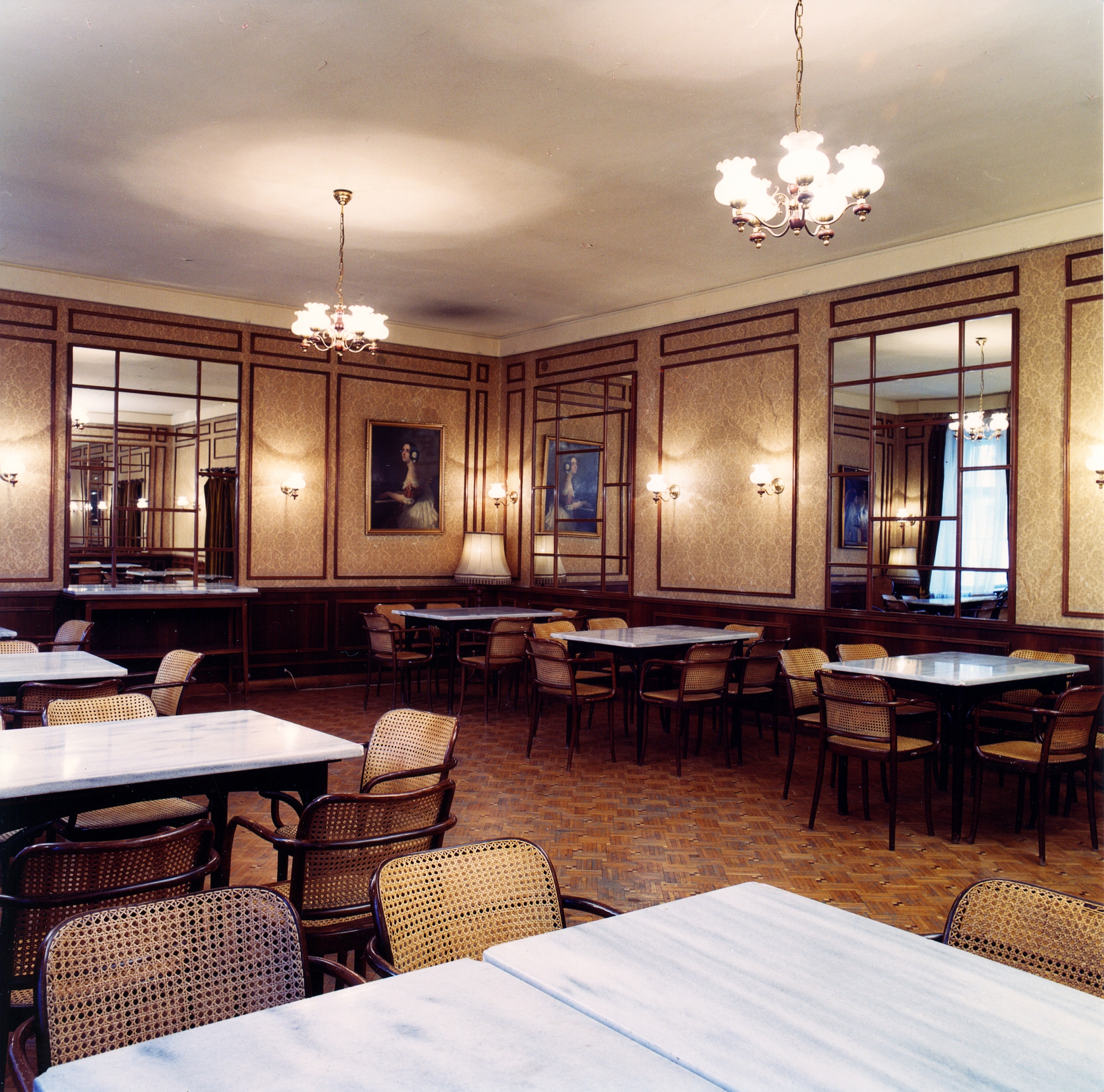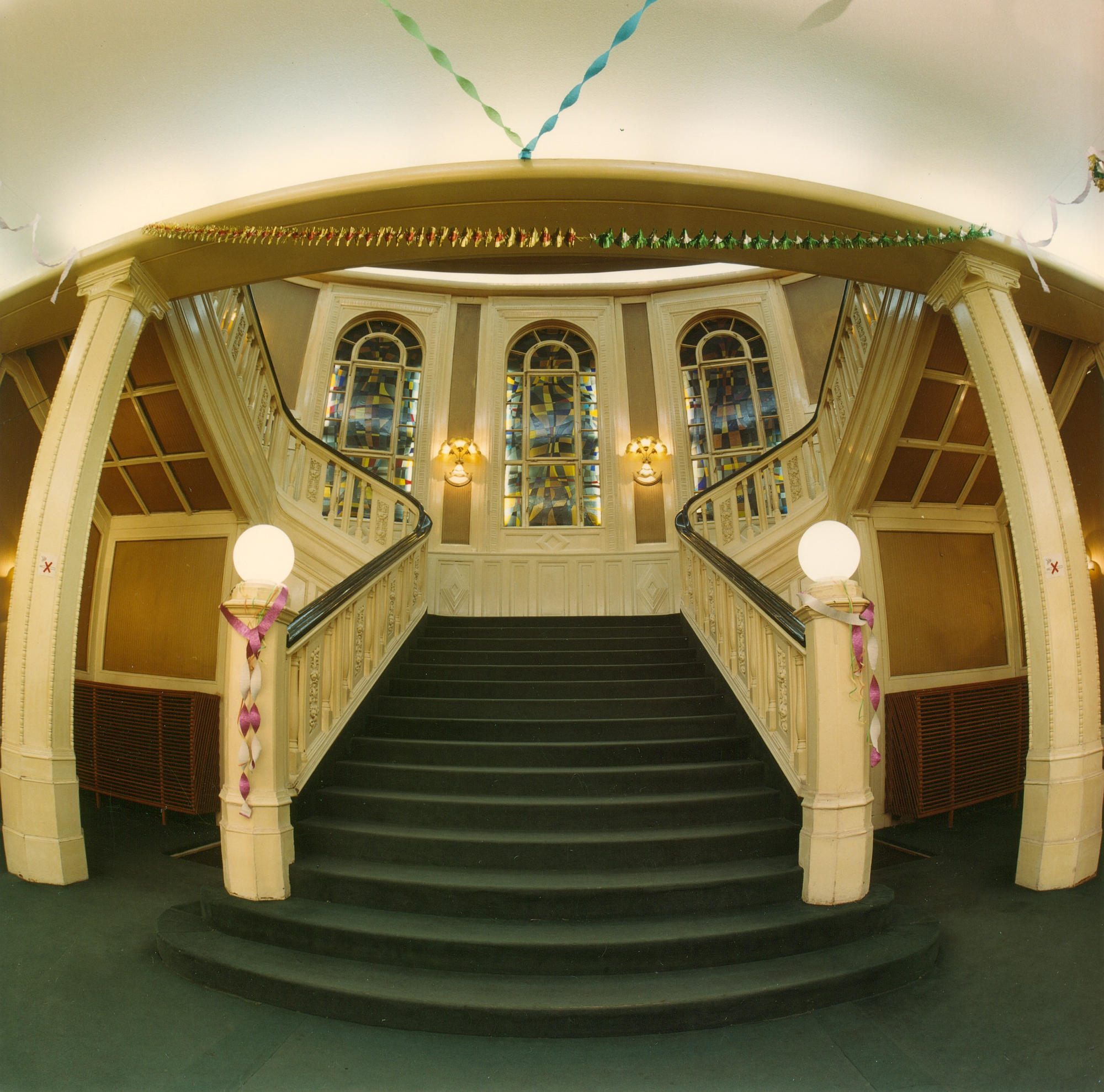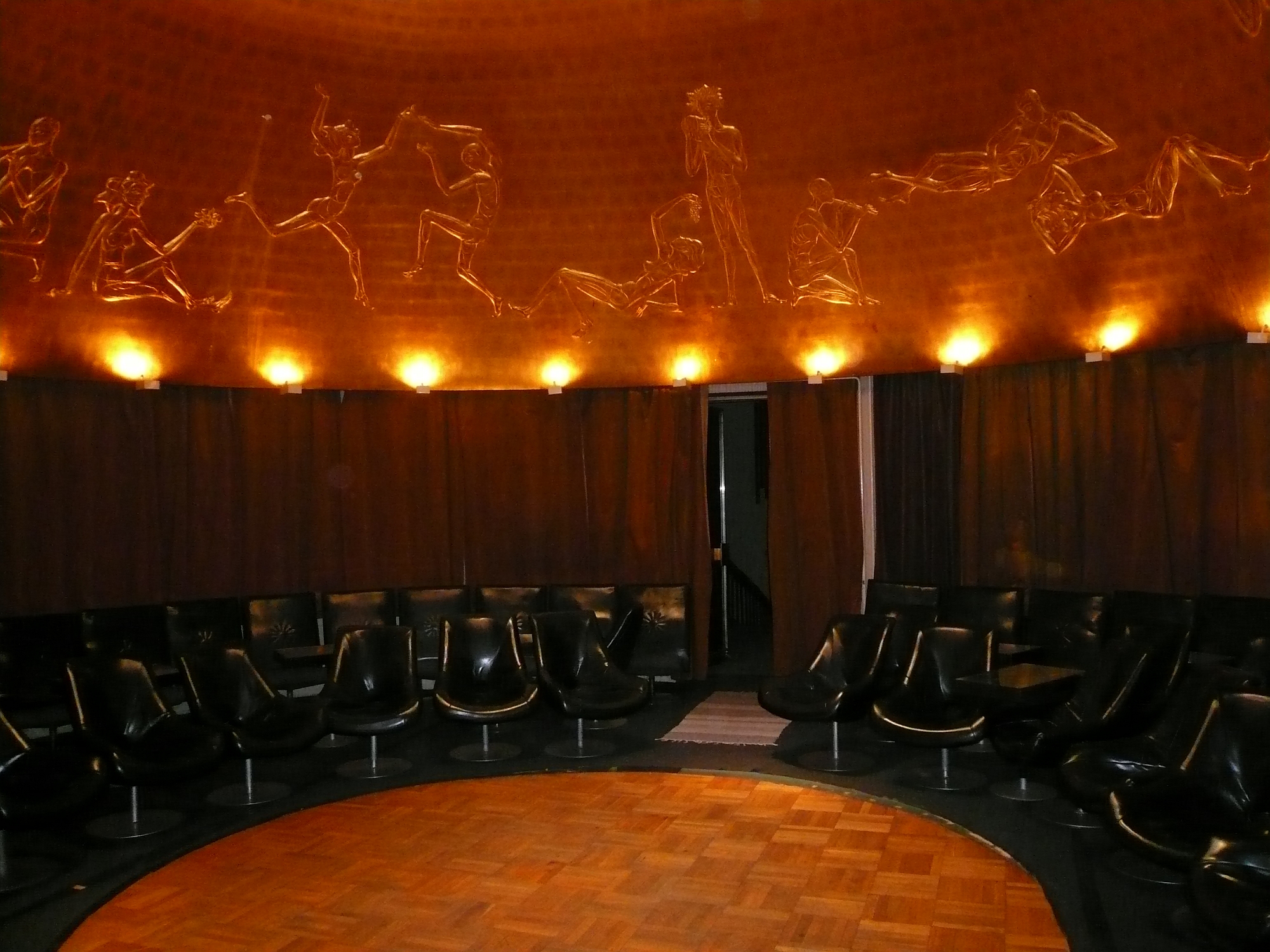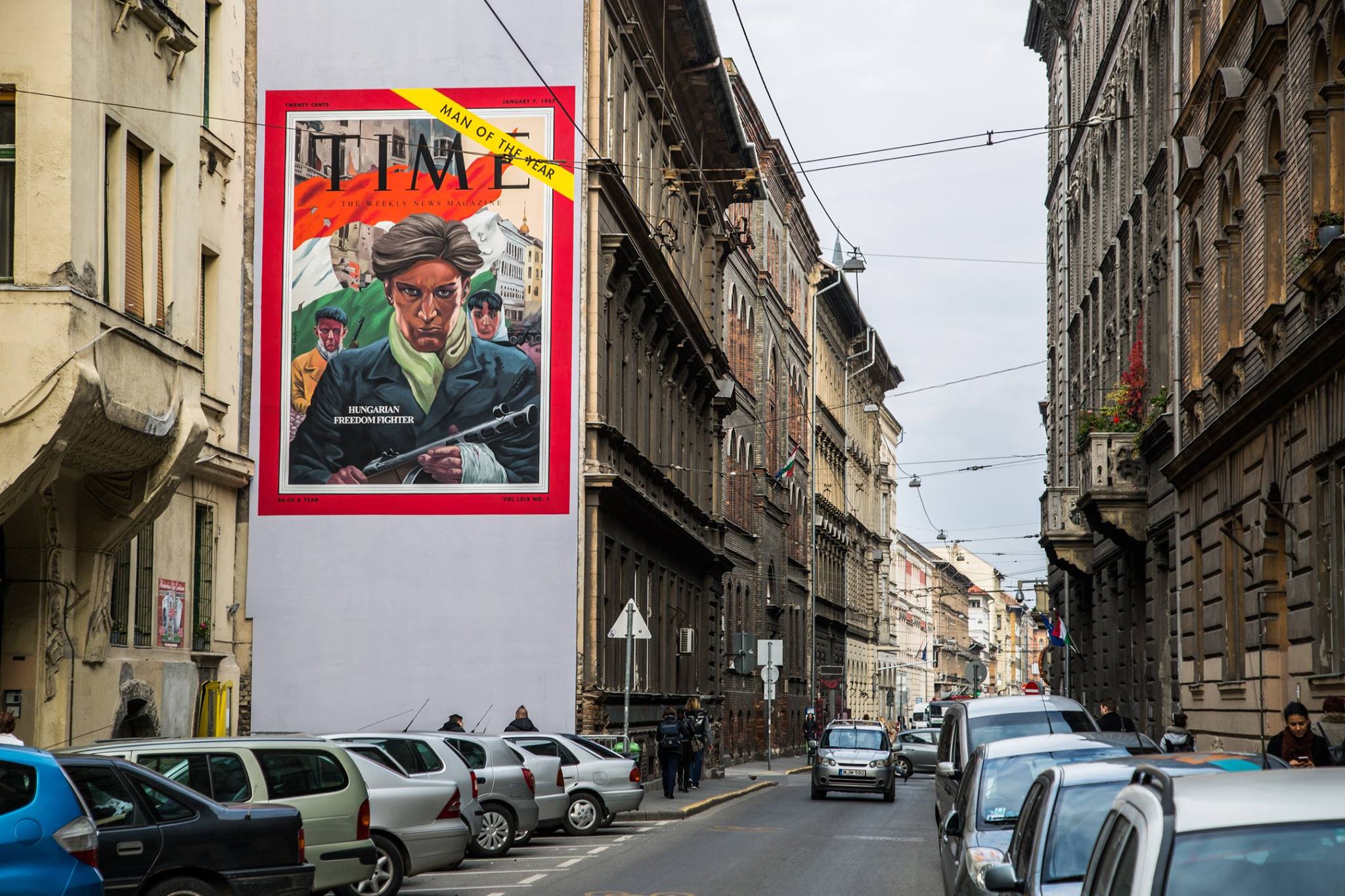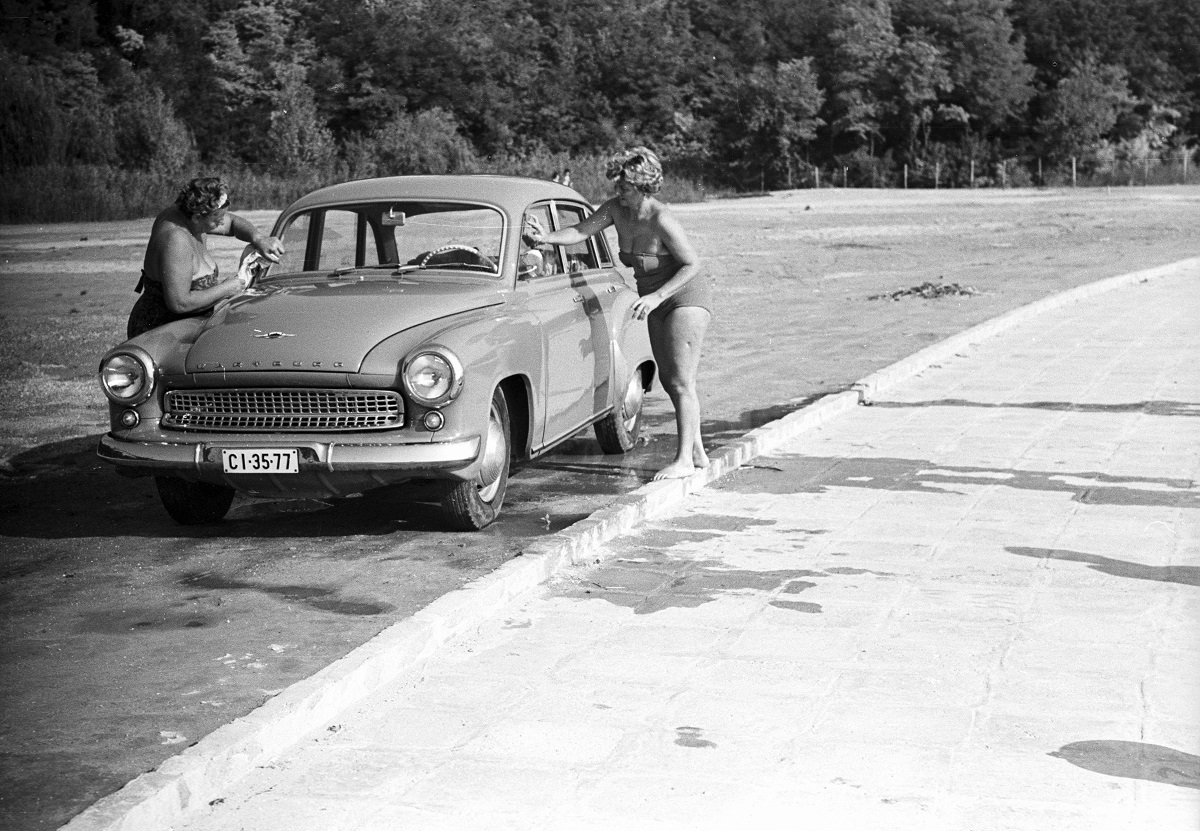Location Spotter: City Park Ice Rink
zita kisgergely
via Wikipedia
With winter in its first seriously chilly phase in Hungary, the denizens of Budapest are making the best of it with Christmas markets, traditional mulled wine, and winter sports. Surprisingly popular with just about everybody is the ice rink in Városliget, or City Park. When the pond used for boating in the summer freezes over, it becomes one of the largest ice skating rinks in all of Europe, covering 3.5 acres. Last winter, the frozen rink played a prominent role as a location in National Geographic's series Mars, and is a perennially popular location for local productions when a romantic backdrop is needed.
Situated behind the Vajdahunyad Castle (where 2013’s series Dracula was partially shot), the rink was first conceived of in 1869, and opened to the public in 1870. Since then, it has been scene to many international skating events, including the 2012 European Speed Skating Championships, and the 2007 Women’s Bandy World Championships (bandy is a derivation of ice hockey, where sticks are used to push a ball, rather than a puck, towards the opposing team’s goal). In fact, Budapest's rink is the only ice surface in Hungary suitable for bandy, so if you are shooting the world’s first great bandy movie, this is just the spot.
Vajdahunyad Castle in the background via Wikipedia
Moreover, the main building that services the rink, erected in 1893 in Neo-baroque style, is a national landmark. Both that building and the rink have undergone recent renovations to accommodate more visitors. The City Park skating rink exudes ‘Old World’ atmosphere, with the surrounding structures all picturesque and photogenic.
The City Park rink has also found a surprising place with Budapest’s Jewish community. Once a year, on the first night of Hanukkah, it is rented out by factions of Budapest’s Lubavitches as a ‘coming out’ celebration, where Hanukkah songs are sung, and rabbis on skates light an enormous menorah. This is a new tradition for a community that no longer has to hide from institutional persecution Socialism offered.
The ice rink at the city park is versatile, picturesque, and functional, so like the city that hosts it. Below find a stylish amateur video that conveys the everyday romance the ice rink emanates.
Flatpack Films is based in Budapest, Hungary. We are a film company that offers an inspiring and professional work atmosphere for our local and international clients. Since our inception, our focus has been providing the best of the best in terms of local production resources, locations, cast, and technical teams to ensure that whatever the production we facilitate, we do to highest standard possible.











